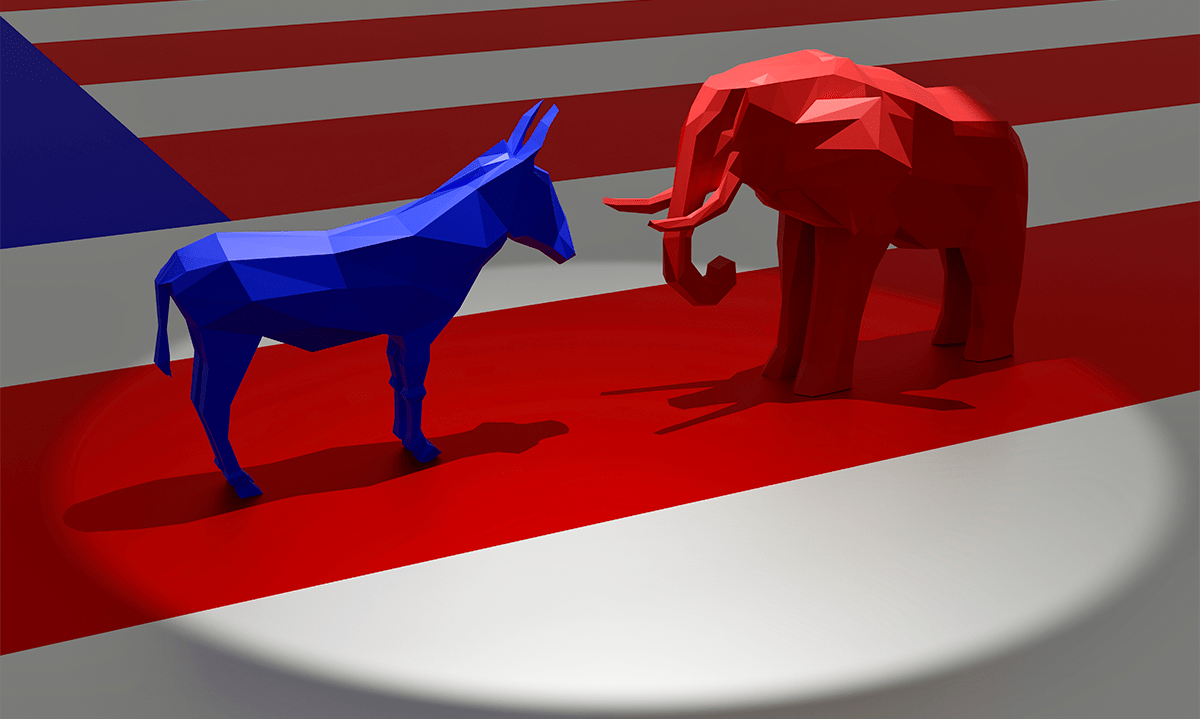by Hubert Marleau, Market Economist, Palos Management
On September 23, the S&P 500 was 3237, off 9.6% from an all-time high of 3581 registered on September 2. In the last 16 days, the S&P 500 rose 7.4% to close at 3477 on Friday. What is remarkable is that the two-week stock market recovery was accompanied with a number of interesting developments. Long-term Treasury bond yields moved up sharply, resulting in a steeper yield curve and a higher neutral rate, reflecting an increase in inflationary expectations plus a reduced allure for the dollar.
There is no doubt that the market is encouraged to see how remarkable the economic recovery has been. The Atlanta Fed’s GDPNow model is predicting that real GDP growth in the third quarter will increase at a seasonally adjusted annual rate of 35.2%. Meanwhile, October economic prints produced by the Institute for Supply Management and IHS Markit are still moving in the right direction, suggesting that growth momentum remains intact, albeit at a slower pace.
While the above consideration is a positive portent for the economy, nothing happens in a vacuum. Bloomberg came up with the idea that the “2016 Trump Trade”---buying the Russian ruble and selling the Mexican peso---has reversed, indicating that Trump could lose. These two emerging markets are thought to be very affected by U.S. foreign policies. Currency markets are ultra-sensitive to changing political regimes. In the past few months, the peso has rallied and the ruble has slumped as the odds of a Biden win rose. It’s no secret that under a Biden presidency, Mexican exports would rise with more fiscal stimulus, harsher sanctions would be imposed on Russia and the likelihood of a return to a rules-based global trade regime would rise.
A Pew Research Center Survey released on Friday showed Joe Biden leading President Trump by 10 points (52%-42%) among registered voters. The betting average is even more striking--65% to 35% in favour of Biden. It looks as if the post- debates and positive Covid-19 test did little to lift at present, the hope of a Trump win. The market is factoring a “ blue wave” with a 68% chance that the democrats will win the Senate and a 90% chance that they will keep the House.
Voter behaviour and intention can radically change. In 2016, Hillary Clinton enjoyed on average a 5.3 point lead against Trump for the same number of days before the election four years ago. She was supposed to win in Wisconsin, Michigan and Pennsylvania. Nevertheless, it remains
that the cancellation of the “Miami Presidential Debate” could be courting political disaster for the president and the Republican party. It erases one of his few remaining opportunities to change the trajectory of the race. Time is running out and it's not clear how Trump can make up lost ground. He has only one more chance--the October 22 scheduled debate. Republican pollster Frank Luntz said; “ without that debate, I can’t do the math to take him where he needs to be if he expects to win this election.”
Sleepy Joe is more popular than Crooked Hillary. Surveys show that Biden is gaining some support from seniors, women and suburbans. Trump owes his presidency to fewer than 80,000 voters in three Rust Belt states and there are signs that the Trump campaign is financially squeezed. The Trump organization hasn’t advertised on television for a month in Ohio and cancelled most of its planned Iowa ads this week.
I somewhat accept the notion that the stock market may be relieved from not having a hotly contested election. A clear majority would guarantee a smooth transfer of power. However, I do not believe that this is the only thing that mattered.
“Come Hell or High Water'', there will be a reflationary fiscal package either before the election, if Mitch McConnell does not kill it, or after the election if, indeed, the blue wave prevails. The market’s response to the Trump declaration that he would not negotiate a Covid relief package until after the election was so definitive that he did a volte face within 24 hours.
President Trump is now on record for favouring a massive fiscal package--$1.8tn or more. He knows that the market is willing to accept future debt problems for the sake of being absolutely sure that the economy won’t falter in the short term. He would be secretly furious if McConnell were to neglect his wishes. At this point, the prospects for more stimulus checks and coronavirus relief have faded over the weekend as the latest offer draws bipartisan opposition.
Nonetheless, the markets know that government relief is on its way--one way or another--and that the Fed will support it with bond purchases and low interest rates. What is intriguing is that the current market narrative surrounding the likelihood of a “blue wave win” in November is viewed as being neutral to modestly net positive on the trajectory of S&P 500 profits. For example, Goldman Sachs’ profit model figures that the impact of an expansionary fiscal policy aimed to improve the plight of those with the highest marginal propensity to consume and better trade policies with allies would stimulate the economy enough to offset the expected increase in the corporate tax rate.
Copyright © Palos Management














